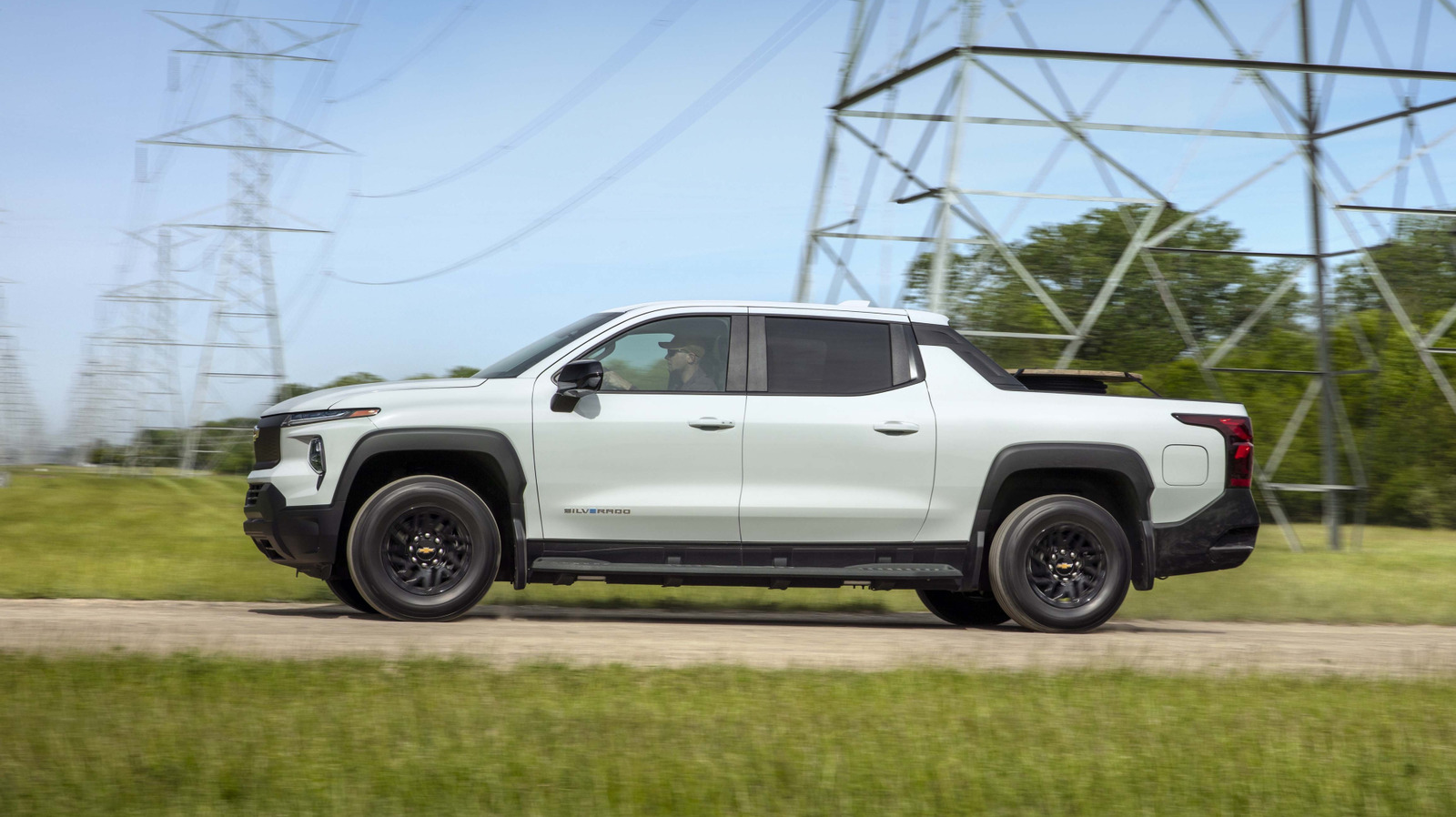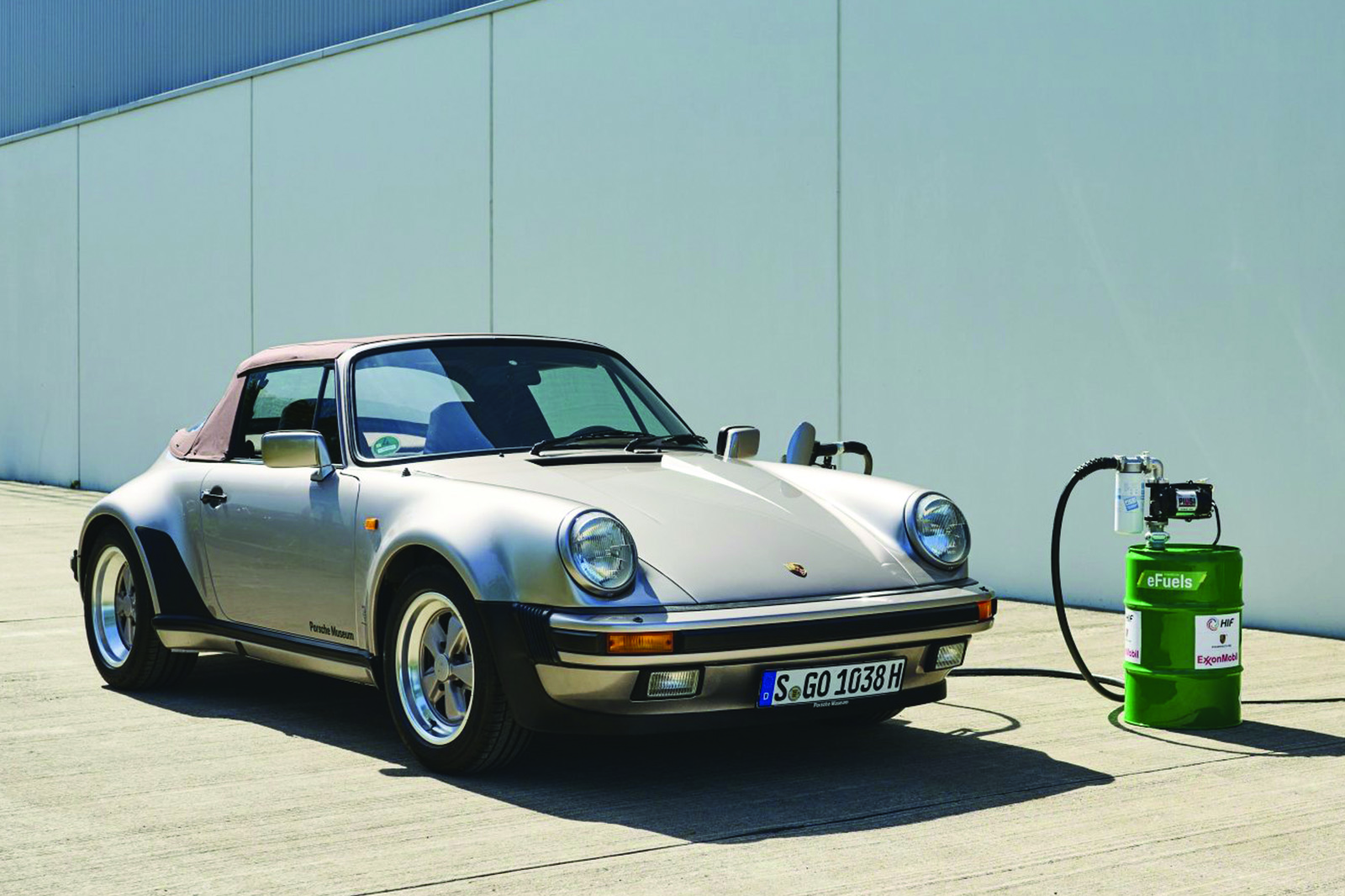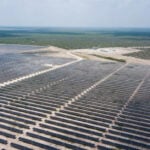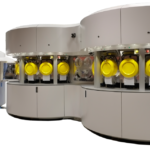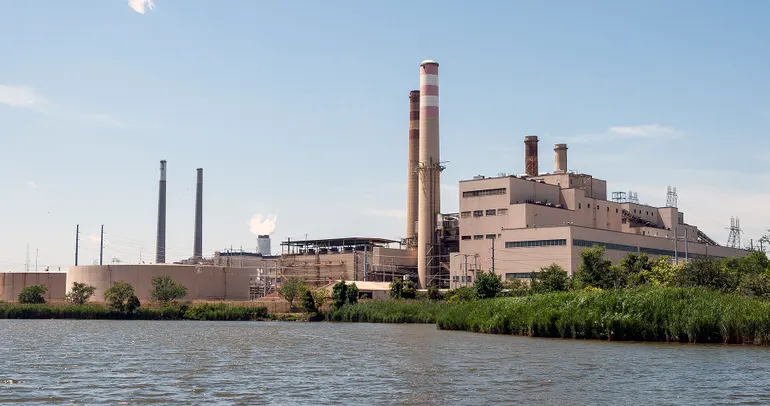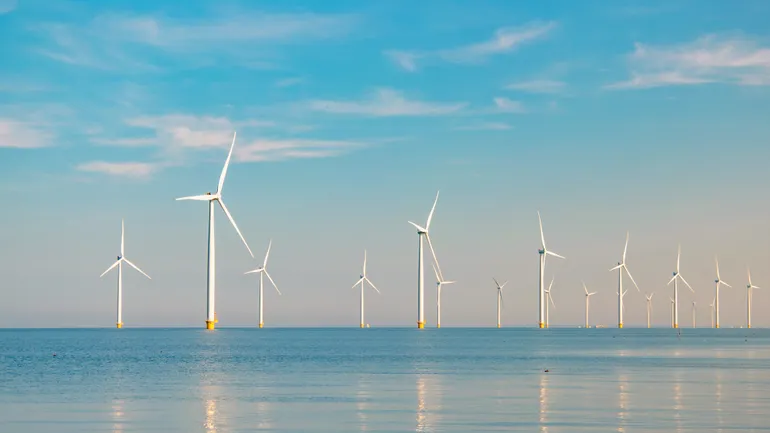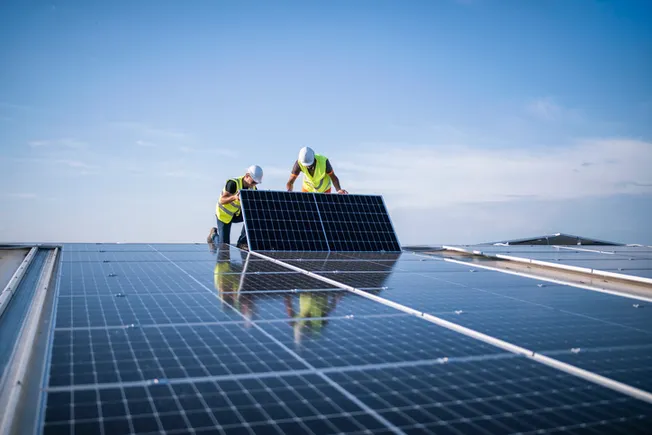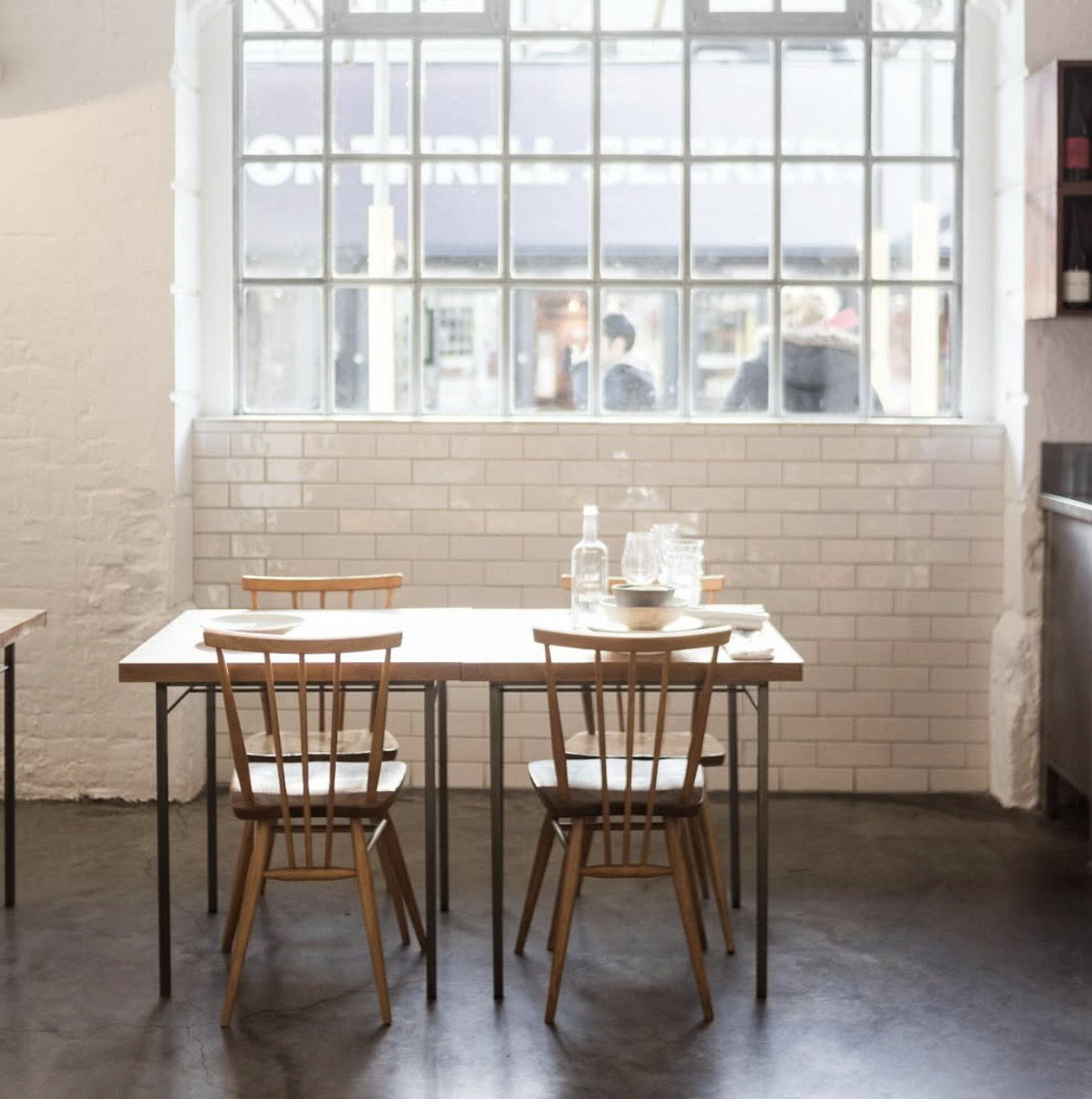Db’s Bordeaux correspondent Colin Hay continues his virtual tour of the 2024 en primeur releases by heading to Pessac-Léognan and the Graves and by divulging a little secret in the process.
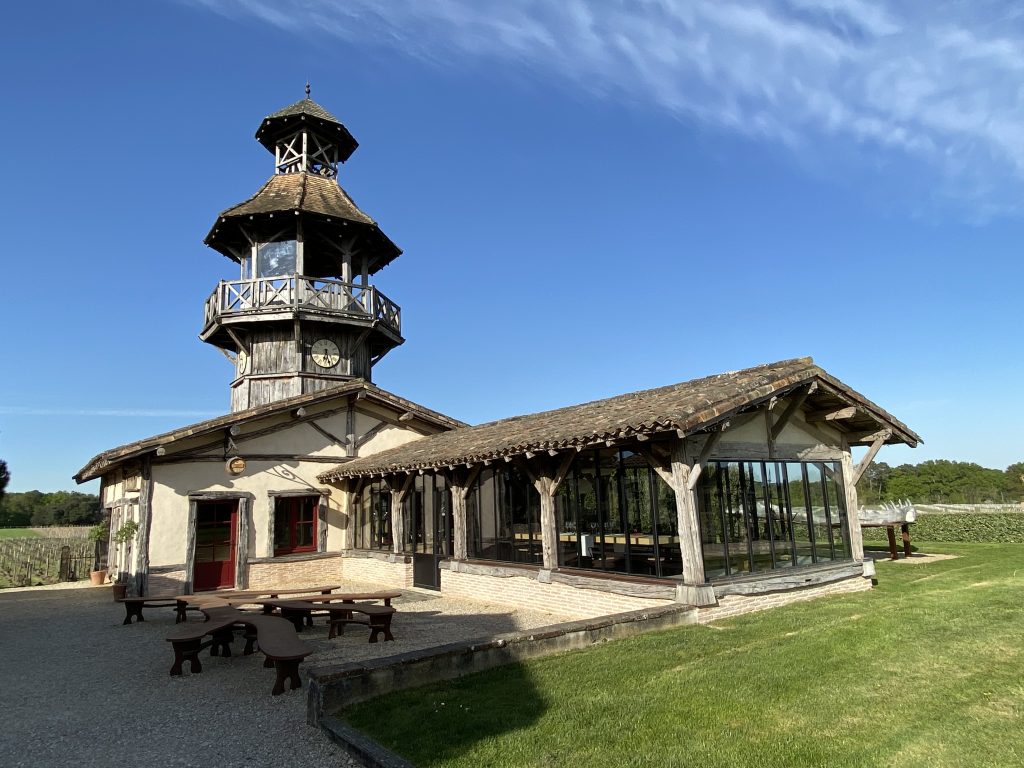
Hmm, how shall I put this? … I’ve not been entirely honest with you up until now. Thus far, in our journey around the vineyards of Bordeaux, I have maintained the pretence that my tastings have been organised on a strictly appellation by appellation basis. It might not surprise you to know that this is, in fact, something of a convenient fiction – good for the story but not, strictly speaking, entirely accurate.
It’s time to come clean. Even if it might have sounded like I did, I did not in fact taste all the wines of Pauillac in each of the châteaux that produced them before deciding to head north to St-Estèphe to do the same before heading south to repeat the exercise in St-Julien and so forth. I hope I’ve not just shattered your illusions.
But why, you might ask, am I telling you this? And why now? Well, quite simply because it’s rather more difficult to maintain the pretence when it comes to the wines of Pessac-Léognan and the Graves. The fiction is both less credible and even more of a stretch as a description of the reality of my own en primeur campaign this and, indeed, any year.
For when it comes to Pessac and the Graves I do a lot of my tasting in Bordeaux and in the offices of a number of négociants interspersed with a series of site-visits over 3 or 4 weeks. My aim is to taste at least the leading wines multiple times, in different conditions and, perhaps most crucially, at different points in time (since these are young wines in the process of evolving).
Indeed, my very first tasting of the vintage was in Léognan and some of my last tastings were in Martillac. What I tasted invariably impressed me, exceeding my expectations from the outset.
At that stage I had not seen the meteorological data summarised in Tables 1 and 2.
|
Pre-budburst
(November-March) |
Budburst to harvest
(April-September) |
Annual total
(calendar year) |
| Bordeaux* |
764 (+74.0%) |
480 (+18.5%) |
1245 (+37.7%) |
| Pessac-Léognan (Canéjan) |
821 (+87.0%) |
507 (+25.2%) |
1151 (+36.4%) |
| St Emilion |
608 (+38.5%) |
435 (+7.4%) |
904 (+7.1%) |
| Pauillac |
649 (+47.8%) |
321 (-20.7%) |
824 (-2.4%) |
| Chateau Petit Village |
656 (+49.4%) |
418 (+3.1%) |
930 (+10.2%) |
| Château La Louvière |
790 (+80.0%) |
538 (+32.8%) |
1156 (+7.0%) |
| Chateau Brane Cantenac |
860 (+95.9%) |
446 (+10.1%) |
1058 (+25.4%) |
| 30-year average** |
439 |
405 |
844 |
Table 1: Rainfall during the vintage (relative to 30-year average)
Source: calculated from Gavin Quinney’s Bordeaux 2024 weather and harvest report and https://www.infoclimat.fr/climatologie/ (* - Graves, St Emilion, Haut-Medoc, Northern Medoc, Entre deux Mers, Bourg & Blaye; ** for Bordeaux-Mérignac alone); château level data provided by the properties themselves.
Had I done so, I might well have been a little confused. Because, whilst Table 1 suggests that Pessac-Léognan had it perhaps even-more-than-usually-tough in comparison with the other leading appellations of the region in 2024, Table 2 suggests that ultimately it fared better – at least in quantitative terms. It was, for instance, the only leading appellation to record yields above the 10-year average, despite seeing almost a year’s rainfall between November 2023 and March 2024.
|
2019 |
2020 |
2021 |
2022 |
2023 |
2024 |
10-year average |
Relative to 10-year average (% change) |
| Pessac-Léognan rouge |
47.2 |
34.6 |
30.7 |
35.7 |
38.1 |
39.0 |
36.1 |
+8.0 |
| Margaux |
49.2 |
36.3 |
38.6 |
31.3 |
37.7 |
33.1 |
40.3 |
-22.8 |
| St Julien |
45.5 |
34.3 |
35.2 |
34.3 |
50.3 |
32.5 |
37.4 |
-13.4 |
| Pauillac |
46.7 |
37.4 |
35.1 |
34.8 |
47.1 |
29.5 |
41.3 |
-28.6 |
| St Estèphe |
49.7 |
41.2 |
40.7 |
31.5 |
51.6 |
33.6 |
45.2 |
-25.7 |
| St Emilion (GC) |
43.0 |
36.7 |
27.5 |
41.2 |
40.5 |
36.4 |
38.2 |
-4.7 |
| Pomerol |
43.0 |
39.8 |
28.9 |
32.3 |
45.2 |
28.4 |
37.8 |
-24.9 |
Table 2: Average vineyard yield by appellation (hl/ha) Source: calculated from Duanes data compiled by the CIVB Service Economie et Etudes
The seeming paradox is, in the end, not too difficult to resolve. There are really three factors at play here, each of which helps us to understand the wines themselves.
The first is that total rainfall is not, in the end, a good proxy for the challenges of a vintage as complex as 2024. Just as crucial, certainly when it comes to mildew pressure, was the timing of the rainfall and the ambient temperature in the vineyard immediately afterwards.
Second, Pessac-Léognan is a very large and, above all, geographically disparate appellation and the challenges of the vintage were very unevenly distributed between the north of the appellation (the more precocious vineyard in the conurbation of Bordeaux itself) and the south – and, indeed, between vineyards in the south.
Third, this was above all the case when it came to uneven flowering and its consequences – the coulure and millerandage that decimated yields in certain vineyards (and, indeed, on sorting tables and in bains densimétriques).
Long story short, in the north – in vineyards like that of
Les Carmes Haut-Brion encircled by the conurbation – floraison (flowering) started earlier and stalled under horrific conditions. The result was that it lasted 3-4 weeks, generating massive downstream problems of variable ripeness within and between bunches and the need to discard almost half of what was harvested using densimetric sorting. Yet further south, as for instance in the vineyards of
C de Carmes Haut-Brion in Martillac, floraison started later and took place in far better conditions with no such problems.
The resulting picture, then, is a complex one in which a great variety of factors – meteorological, geographical, pedological (relating to soil types), viticultural and, in the end, oenological, each play a role. Yields on average may be higher than in any other leading appellation. But the yields in the leading estates are often lower – in part because more of them are organic in their viticulture, in part because more of them are situated in the north.
| Wine |
% Merlot |
% Cabernet (S & F) |
Yields (hl/ha) |
| 2023 |
2024 |
2023 |
2024 |
2023 |
2024 |
| Carmes Haut-Brion |
20 |
23 |
80 |
67 |
50 |
24 |
| Domaine de Chevalier |
25 |
30 |
70 |
65 |
30 |
48 |
| Haut Bailly |
34 |
40 |
62 |
60 |
40 |
30 |
| Haut-Brion |
52 |
38 |
48 |
62 |
50 |
26 |
| La Mission Haut-Brion |
53 |
47 |
48 |
54 |
50 |
26 |
| Pape-Clément |
50 |
45 |
45 |
54 |
35 |
42 |
| Smith Haut-Lafitte |
23 |
27 |
76 |
72 |
26 |
21 |
| Average |
37 |
36 |
61 |
62 |
40 |
31 |
|
|
10-year appellation average |
36.1 |
Table 2: Percentage of Merlot & Cabernet Franc in the grands vins and final yield (hl/ha), 2023 and 2024
The overall effect is if anything to accentuate the heterogeneity of an already heterogeneous vintage, with the qualitative pyramid within the appellation stretched from top to bottom.
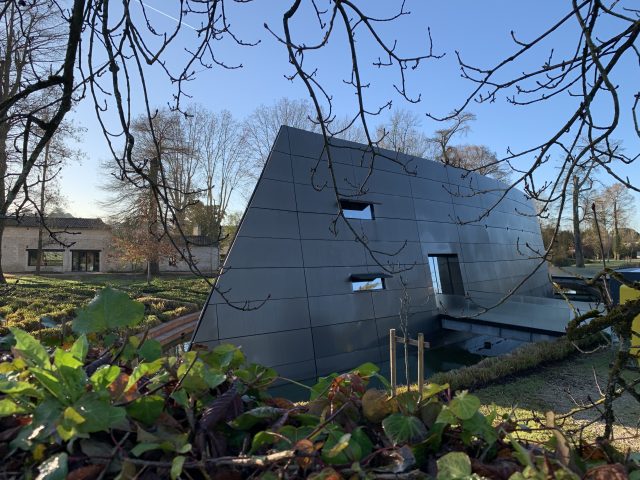
Highlights in 2024
Best of the appellation:
- Les Carmes Haut-Brion 96-98
Truly exceptional:
- Haut-Bailly 94-96
- La Mission Haut-Brion 93-95+
- Haut-Brion 93-95
- Pape-Clément 93-95
- Smith Haut-Lafitte 93-95
- Domaine de Chevalier 92-94+
Value picks:
- C de Carmes Haut-Brion 92-94
- Couhins Lurton 92-94
- de Fieuzal 92-94
- Larrivet Haut-Brion 92-94
- Latour-Martillac 92-92
- Couhins 91-93+
- La Louvière 91-93
- La Garde 90-92
- Picque Caillou 90-9
For full tasting notes of see
here.
For full appellation-by-appellation reviews, see here:
St-Estèphe, Paulliac,
Saint-Julien,
Margaux, Haut-Médoc, Listrac-Médoc, Médoc, & Moulis-en-Médoc,
Pomerol,
Saint-Émilion, Pessac-Léognan & Graves rouge, Pessac-Léognan & Graves white and Sauternes.
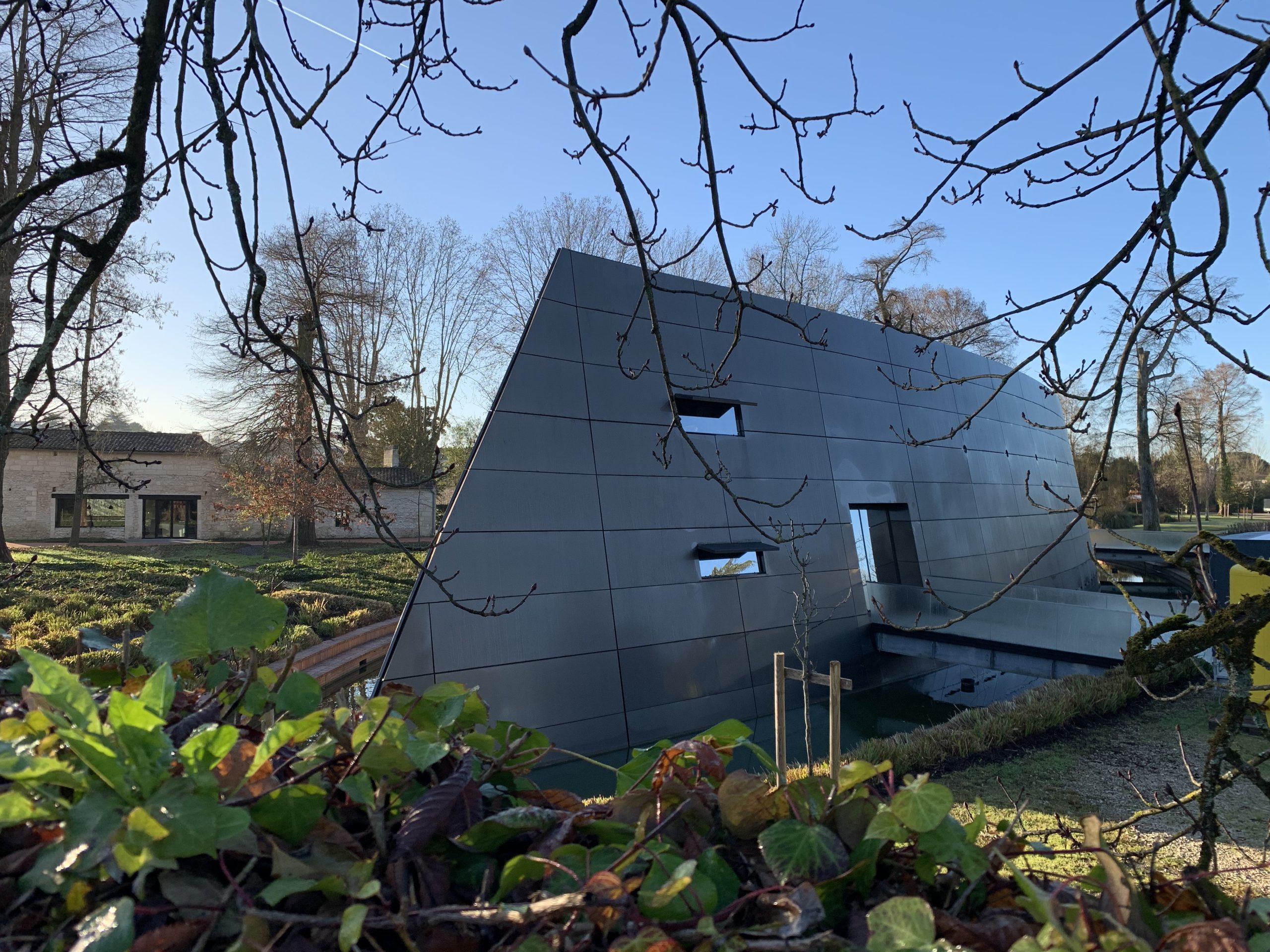
 Hmm, how shall I put this? … I’ve not been entirely honest with you up until now. Thus far, in our journey around the vineyards of Bordeaux, I have maintained the pretence that my tastings have been organised on a strictly appellation by appellation basis. It might not surprise you to know that this is, in fact, something of a convenient fiction – good for the story but not, strictly speaking, entirely accurate.
It’s time to come clean. Even if it might have sounded like I did, I did not in fact taste all the wines of Pauillac in each of the châteaux that produced them before deciding to head north to St-Estèphe to do the same before heading south to repeat the exercise in St-Julien and so forth. I hope I’ve not just shattered your illusions.
But why, you might ask, am I telling you this? And why now? Well, quite simply because it’s rather more difficult to maintain the pretence when it comes to the wines of Pessac-Léognan and the Graves. The fiction is both less credible and even more of a stretch as a description of the reality of my own en primeur campaign this and, indeed, any year.
For when it comes to Pessac and the Graves I do a lot of my tasting in Bordeaux and in the offices of a number of négociants interspersed with a series of site-visits over 3 or 4 weeks. My aim is to taste at least the leading wines multiple times, in different conditions and, perhaps most crucially, at different points in time (since these are young wines in the process of evolving).
Indeed, my very first tasting of the vintage was in Léognan and some of my last tastings were in Martillac. What I tasted invariably impressed me, exceeding my expectations from the outset.
At that stage I had not seen the meteorological data summarised in Tables 1 and 2.
Hmm, how shall I put this? … I’ve not been entirely honest with you up until now. Thus far, in our journey around the vineyards of Bordeaux, I have maintained the pretence that my tastings have been organised on a strictly appellation by appellation basis. It might not surprise you to know that this is, in fact, something of a convenient fiction – good for the story but not, strictly speaking, entirely accurate.
It’s time to come clean. Even if it might have sounded like I did, I did not in fact taste all the wines of Pauillac in each of the châteaux that produced them before deciding to head north to St-Estèphe to do the same before heading south to repeat the exercise in St-Julien and so forth. I hope I’ve not just shattered your illusions.
But why, you might ask, am I telling you this? And why now? Well, quite simply because it’s rather more difficult to maintain the pretence when it comes to the wines of Pessac-Léognan and the Graves. The fiction is both less credible and even more of a stretch as a description of the reality of my own en primeur campaign this and, indeed, any year.
For when it comes to Pessac and the Graves I do a lot of my tasting in Bordeaux and in the offices of a number of négociants interspersed with a series of site-visits over 3 or 4 weeks. My aim is to taste at least the leading wines multiple times, in different conditions and, perhaps most crucially, at different points in time (since these are young wines in the process of evolving).
Indeed, my very first tasting of the vintage was in Léognan and some of my last tastings were in Martillac. What I tasted invariably impressed me, exceeding my expectations from the outset.
At that stage I had not seen the meteorological data summarised in Tables 1 and 2.














